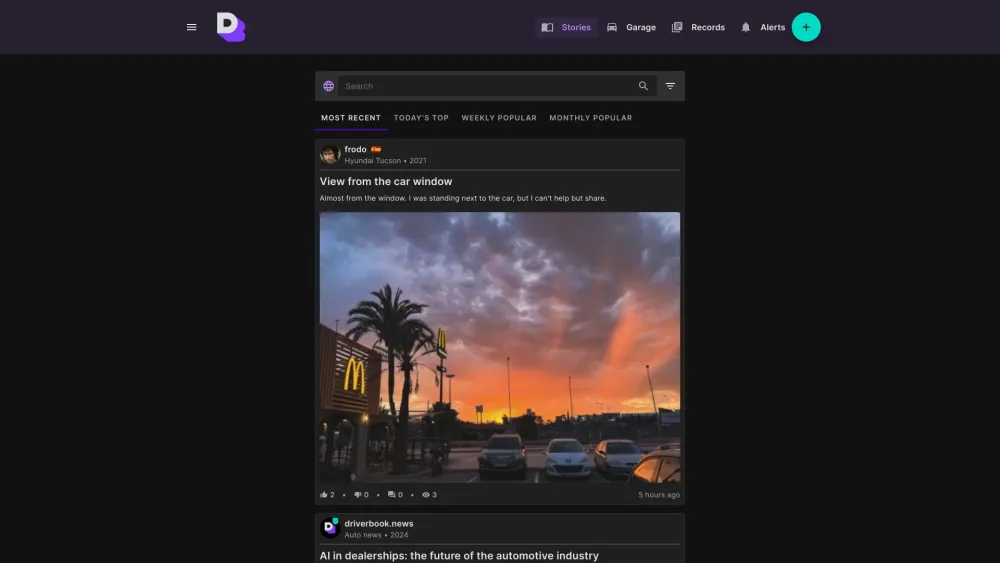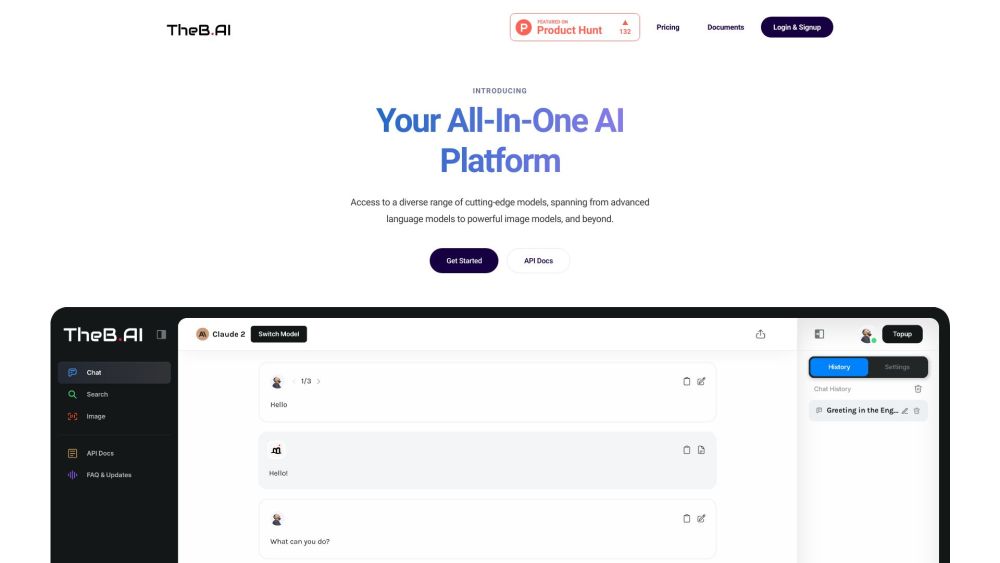The Google Pixel 8 and Pixel 8 Pro have officially launched, promising significant advancements in design, camera capabilities, and performance. A standout feature of these devices is their software, particularly the AI-powered image editing tool in the Pixel 8, which elevates mobile photography to new heights.
Release Information
The Pixel 8 series is now available for pre-order and will officially hit the market on October 12, with starting prices of $699 for the Pixel 8 and $999 for the Pixel 8 Pro. Customers who pre-order the Pixel 8 will receive a complimentary pair of Pixel Buds Pro, while those opting for the Pixel 8 Pro will receive the new Pixel Watch 2.
Design Details
While the Pixel 8 series retains a similar aesthetic to its predecessor, the Pixel 7, it features refinements in its design. Both models showcase smoother edges for improved comfort in hand. However, the aluminum strip design on the back can feel somewhat bulky, especially with the enlarged camera module.
The Pixel 8 is available in Obsidian, Hazel, and Rose colors, whereas the Pixel 8 Pro offers Obsidian, Porcelain, and Bay options. The Rose variant of the Pixel 8 and Bay option for the Pixel 8 Pro are particularly striking, reflecting Google’s advancements in mobile color design.
Breakthrough AI Features
Despite maintaining similar hardware specs to previous models (the Pixel 8 Pro has an upgraded ultra-wide lens), both devices offer a noticeably enhanced shooting experience. The Pixel 8 introduces a Pro version's macro focus mode, enabling detailed close-up photography. Additionally, Google has rolled out a brand new “Magic Editor” that allows users to make substantial adjustments to their photos for stunning results.
Another innovative AI feature, “Best Take,” enables users to select the best expressions from multiple group photos, addressing a common challenge in capturing perfect group shots.
Practical Upgrades
The Pixel 8 Pro now includes a temperature sensor, useful for measuring the temperature of walls, liquids, and foods, broadening its practical applications. Additionally, the Pixel 8's refresh rate has increased from 90Hz to 120Hz, delivering a smoother browsing experience.
The new Pixel displays boast better color accuracy and peak brightness levels of up to 2400 nits, ensuring excellent visibility in outdoor conditions. Google promises a battery life of over 24 hours for both devices and commits to providing Android and security updates for the next seven years.
Conclusion
The Pixel 8 and Pixel 8 Pro represent a robust upgrade for Google in the smartphone arena, particularly for users migrating from the Pixel 6 and earlier models. Innovative features like Magic Editor and Best Take could redefine the photography experience on these devices. While the prices have increased by $100 compared to last year, the Pixel 8 faces stiff competition against the iPhone 15 series and Galaxy S23 series. We look forward to exploring the comprehensive performance of these devices in upcoming reviews.




